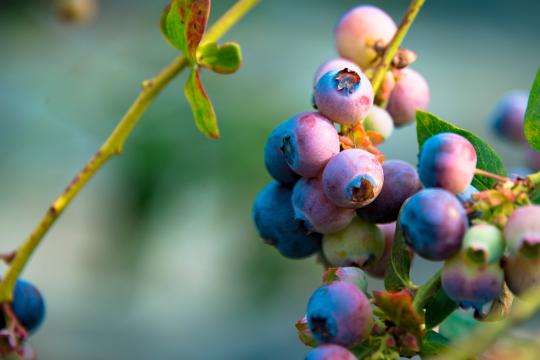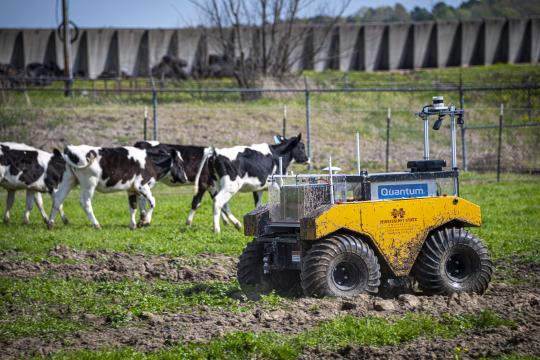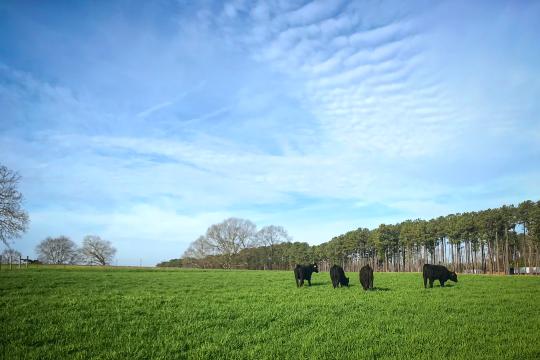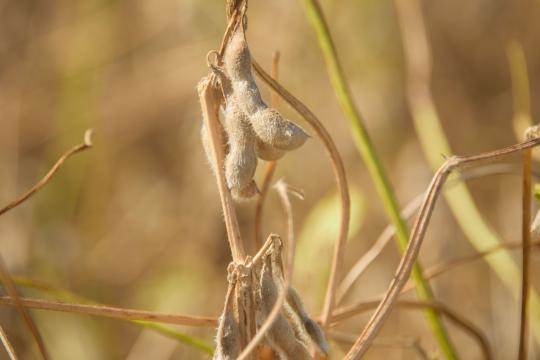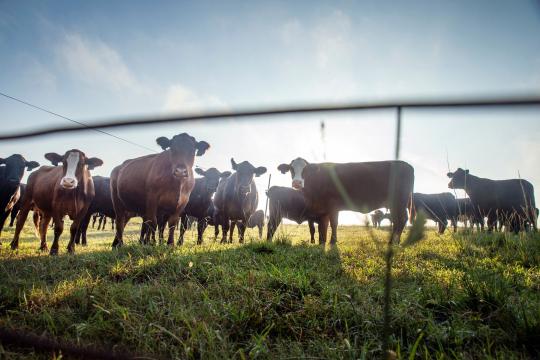Mississippi’s agriculture and forestry sectors are the backbone of our rural communities, but population decline threatens this symbiotic relationship. With 52 counties experiencing net out-migration from 2020-2024, rural Mississippi faces critical workforce shortages and reduced economic activity that directly impact agricultural productivity and community sustainability.
But what if we could turn demographic data into a strategic advantage? Understanding the nature and impact of population change is essential for informed planning.
We propose two critical steps: first, systematically tracking population shifts and their ripple effects on infrastructure, services, and economic activity across local, regional, and state levels. Second, fostering unprecedented collaboration between organizations to tackle challenges too big for any single community to solve alone.
Our proposed roadmap would leverage Mississippi State University's statewide presence to create innovative "rural innovation hubs" that could bring together industry, government, education, and healthcare leaders. Through advanced data analysis, digital platforms, and cross-sector partnerships, we could develop targeted strategies for workforce retention, economic diversification, and infrastructure improvements.
View Report


